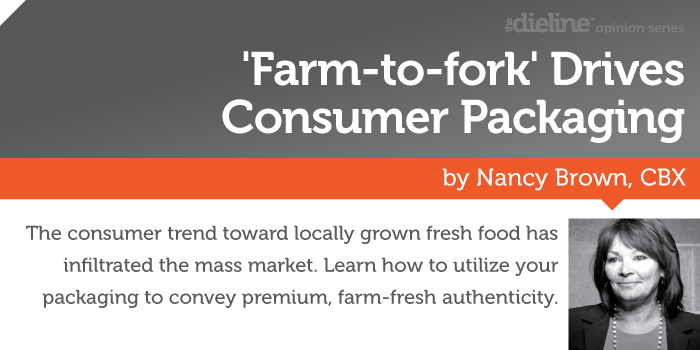By Nancy Brown, Managing Partner, CBX
’Farm-to-fork’: It’s the foodie buzz term of recent years, the hip culinary expression on everyone’s lips. New restaurants boasting farm-fresh ingredients are popping up in neighborhoods all over the country, greenmarkets are hotter than ever, and farm-to-fork ambassadors like chefs Dan Barber of Blue Hill, British sensation Jamie Oliver, and Alice Waters of Chez Panisse have become bona fide celebrities.
And now, this movement is starting to infiltrate the mass market.
GS_googleAddAdSenseService(“ca-pub-3860711577872988”);
GS_googleEnableAllServices();
GA_googleAddSlot(“ca-pub-3860711577872988”, “incontent1”);
GA_googleAddSlot(“ca-pub-3860711577872988”, “incontent2”);
GA_googleFetchAds();
GA_googleFillSlot(“incontent1”);
GA_googleFillSlot(“incontent2”);
It’s no surprise. With E. coli outbreaks happening every few months (it seems) and books like The Omnivore’s Dilemma making people fearful of what they put in their bodies, today’s consumers want to know exactly where their food comes from. Farm-to-fork delivers on that need. It is defined as “food that has come to your table from a specific farm,” and more often than not, these are greenmarket-bought fruits, vegetables, and meats that come from farms within a certain distance from one’s home.
Sure, it seems that consumer packaged goods would be the antithesis of farm-to-fork, but the truth is that certain CPG brands—such as Land O’Lakes and Ocean Spray—have been offering farm-fresh products for years. Now other brands, many with the word “farm” in their names, are pinpointing a need in the market to not only use the highest-quality, farm-fresh ingredients, but also to provide consumers with information about the origins of those ingredients.
There are a few different ways that companies are interpreting farm-to-fork for the mass audience. Some brands, like Green Giant, focus on the farm-fresh aspect, while others, like Cabot Creamery dairy products from Vermont, focus on local. Kashi—whose tagline is “seven whole grains on a mission”—is all about sourcing authentic ingredients from around the world. Häagen-Daz’ Five ice cream brands and Yoplait’s Simplait yogurt are stripping down the ingredients to the bare essentials.
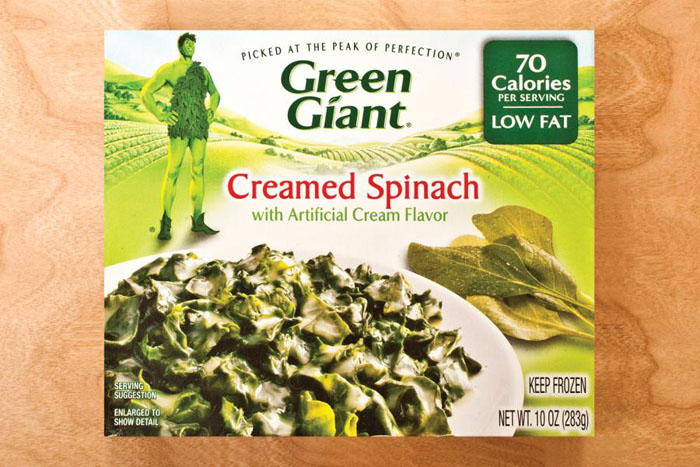
Conveying farm-fresh through packaging
A lot of brands have been conveying the “farm-to-fork/local/sourced/simple ingredients” aspects of their offerings through advertising, but how are they communicating the fresh, farm-to-fork aspect of their offerings through their packaging? For starters, they’re making it more premium. Consumers seem to be willing to pay a bit more for the quality aspect of farm-to-fork offerings, and the upscale design of these products reflects this. Quite simply, the products cost more because people are willing to pay more. But there are many more ways that brands can capitalize on this trend to try and seize some of the $860 million worth of unmet demand for farm-fresh products (according to Farm2Table Co-Packers [http://farm2tablecopackers.com] , a company in upstate New York).
Here are five lessons the “big boys” can learn from some of today’s smaller, but well-established, farm-to-fork brands.
1. It’s all in a name.
For many CPG products, you can just envision the dozens of meetings and focus groups that it took to come up with a snazzy name for some new beverage or cleaning product. But farm-to-fork is all about origins, first and foremost. Farm-to-fork product names just say it like it is: Ronnybrook Farm milk, from Ronnybrook Farm Dairy in the Hudson Valley; Dorset Cereals, named for the county of Dorset in England, where it is made; The Immaculate Baking Company, made with only all-natural ingredients. With names like these, the products speak for themselves, because they are that fresh, that good, that worthy of your dollars.
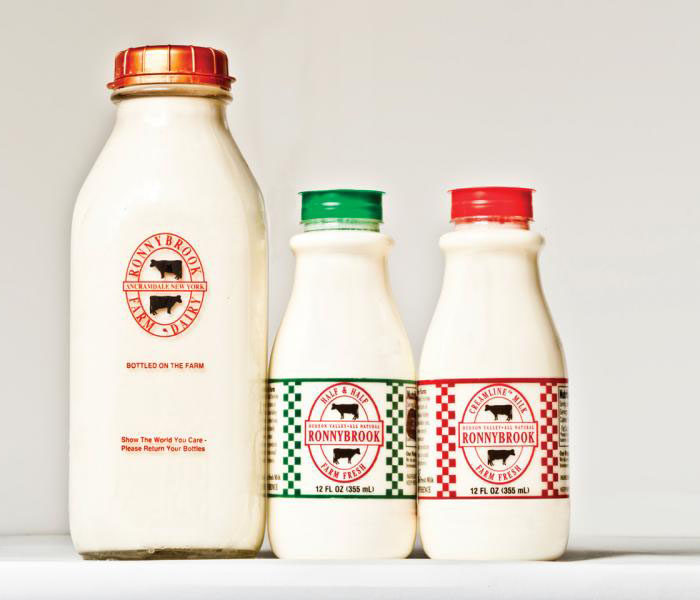
2. Tell your story.
Farm-to-fork products don’t have the most creative stories in the books—they just have honest stories that make us trust their brands. And since the products are so proud of where they’ve come from, these stories tend to be featured front-and-center on their packaging. Why, Green Giant has been telling their “picked at the peak of perfection” story—about how farmers who grow vegetables for the company receive a knock on their doors from company representatives who tell them, “It’s time to pick the peas!”—for several decades now. And why not? It’s a terrific story to tell.
Siggi’s Icelandic-style yogurt features its story—about a guy who missed the thickness of skyr, the yogurt from his native country, and now makes it here in America with milk from family farms in New York State—on the back of its label, which consumers are encouraged to tear off and read via a little paper tab.
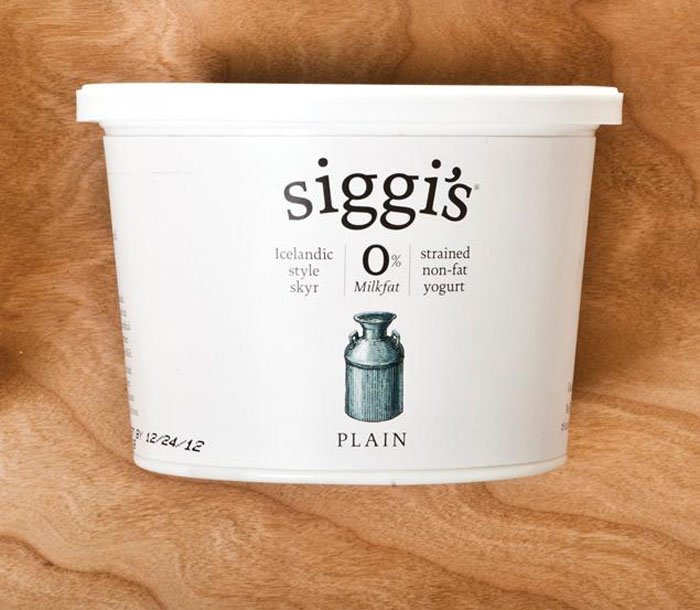
3. Talk up your strengths.
Farm-to-fork products tend to be superior to other products due to their fresh, often organic natures, and brands have every right to talk up these benefits. Bellwether Farms, an “artisan creamery” out of Sonoma, CA, promotes the fact that those who are intolerant to cow’s milk can enjoy their sheep-milk products, which are made from the milk of “healthy, pastured animals” and are “an excellent source of B vitamins.”
Häagen-Daz’ Five ice cream line lists all five of its ingredients on its container, complemented by a photograph of one key ingredient (e.g., a mound of brown sugar). On its Web site and promotional materials, Frito-Lay boasts that many of its products consist of only three ingredients, but this claim has yet to turn up on its packaging…yet.
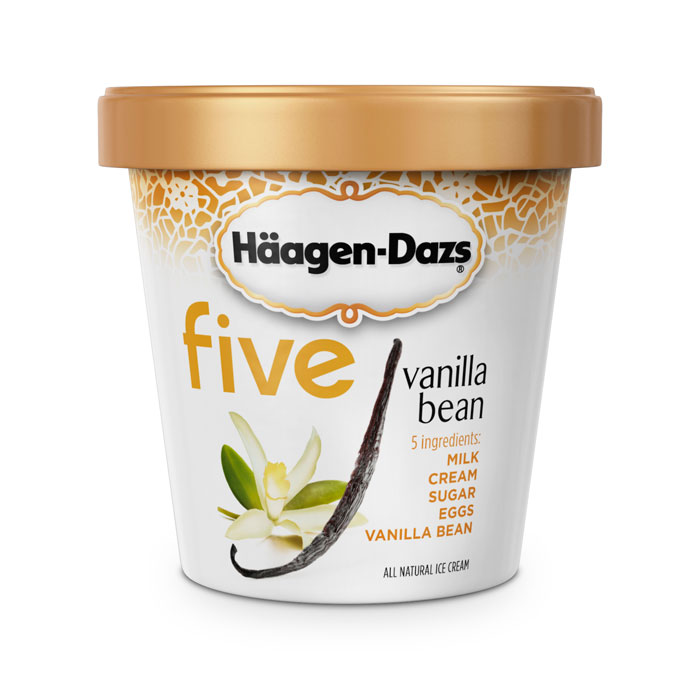
4. Hype the goods.
Since farm-to-fork products are all about authenticity, it makes perfect sense for brands to showcase their farm-fresh products and sources of origin on their packaging. Siggi’s yogurt features a lovely illustration of a key ingredient, such as blueberries. Red Jacket Juices, made at the Red Jacket Orchard, feature a large apple that reflects the all-natural flavor of the juice. Ronnybrook Farm features cows on its packaging, while Old Chatham Sheepherding Company and Bellwether Farms feature sheep. Packaging for Kate’s Homemade Butter boasts a photo of a little girl, presumably Kate herself, who the consumer is led to believe may have churned the butter inside.
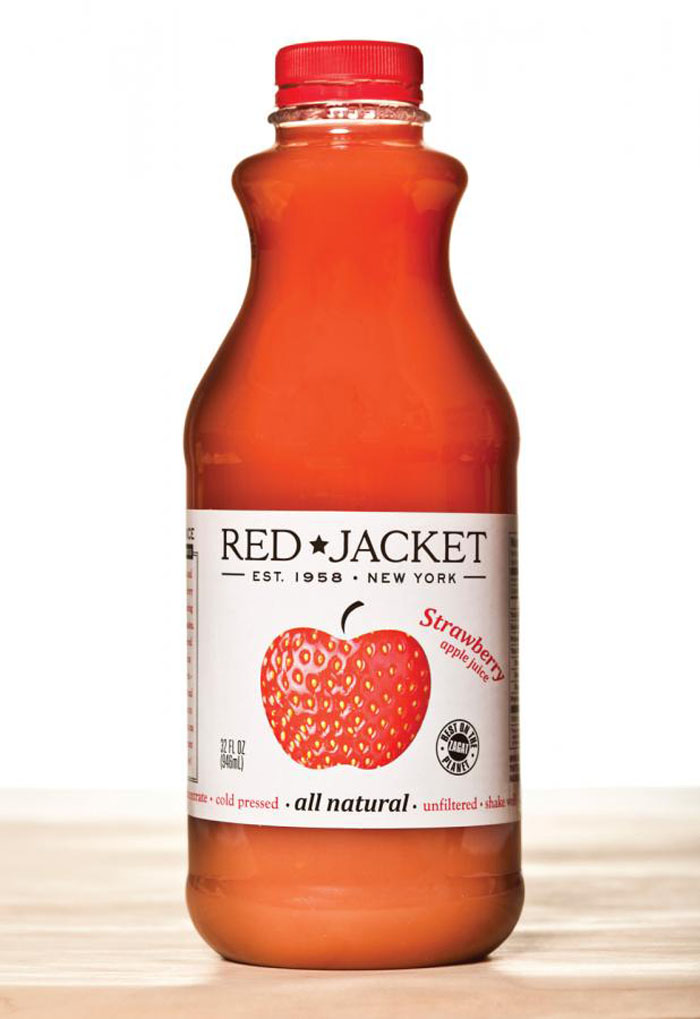
5. Don’t skimp on the details.
Details like package structure and printing methods signal the quality, upscale nature of farm-to-fork products to consumers. Rick’s Picks pickles and Ronnybrook Farm’s milk products are both housed in ball jar-type glass bottles that reference the farm-fresh aspect of the offerings, let consumers see their freshness, and harken back to their greenmarket origins. Siggi’s yogurt has a matte-paper wrapper that is both incredibly spare and undeniably upscale. Dorset Cereals come in uncoated paper boxes with peak-a-boo windows that let you see the product and mirror the natural nature of the oats, grains, and dried fruits inside.
Of course, not all CPG companies will be able to bring their products to consumers straight from the farm. But by following the lead of some of the successful farm-to-fork companies out there right now and by utilizing at least a few of the five steps mentioned, they can definitely capitalize on the movement and take measures to make their products seem as local, simple, and authentic as possible.
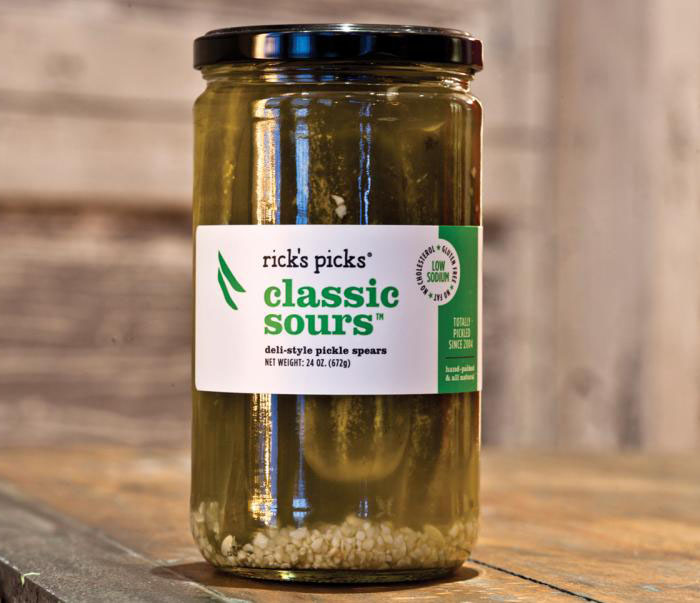
By Nancy Brown, managing partner of brand agency CBX.
Nancy Brown is a founding partner of CBX, and responsible for the overall direction and management of creative, account, production
and business development teams. Nancy provides big-picture insight to client projects and ensures that the team is meeting and
exceeding project objectives.
Nancy has spent over 20 years working in consumer branding with clients including: Georgia Pacific, Best Buy, Hanesbrands,
ConAgra and General Mills. Before starting CBX, Nancy was Managing Director at FutureBrand, and The Coleman Group,
providing creative oversight to a variety of clients.
Prior to her arrival in the agency world, Nancy spent over 10 years in design management at 3M and Pillsbury.
Original article from Packaging World, Reprinted with Permission from CBX.
